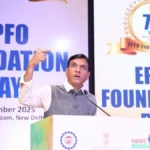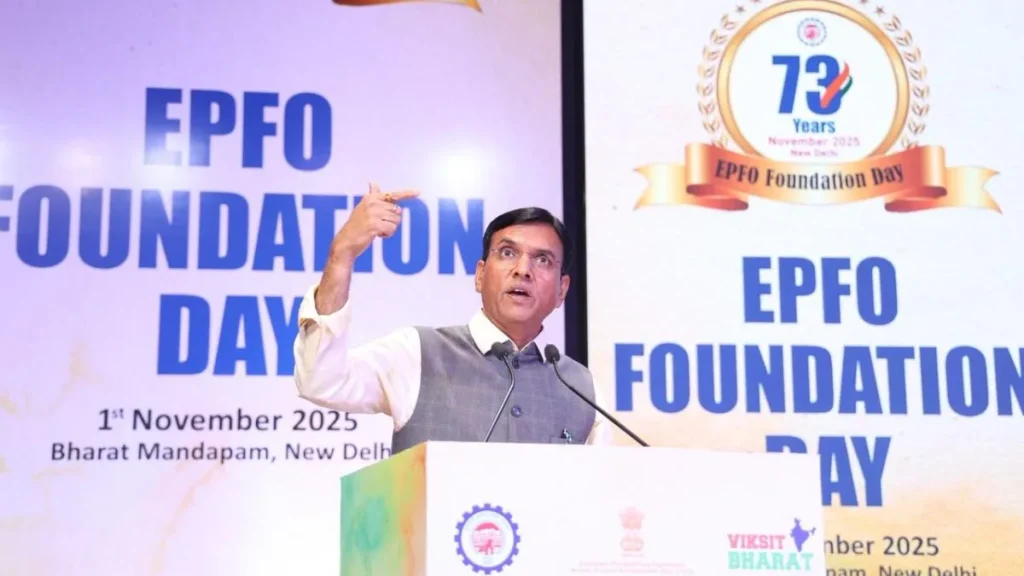November 5, 2025
The Employees’ Provident Fund Organisation (EPFO) has introduced the Employee Enrollment Scheme 2025, a new initiative designed to encourage employers to voluntarily declare and enrol all eligible employees under the provident fund system. The scheme was launched on the occasion of EPFO’s 73rd Foundation Day by Union Labour and Employment Minister Mansukh Mandaviya.
Effective from November 1, 2025, the scheme offers employers an opportunity to regularise employees’ provident fund coverage with minimal penalties. As per the guidelines, employers will not have to pay the employee’s share of contribution if it was not deducted earlier, and will face only a nominal penalty of ₹100.
According to the Ministry of Labour and Employment, the initiative aims to promote formalisation of the workforce and enhance ease of doing business, ensuring that more workers gain access to social security benefits.
Speaking at the launch, Mandaviya emphasised that EPFO is not just a fund but a symbol of trust and social security for millions of Indian workers. He highlighted that all reforms should reach workers in simple, accessible ways so that their benefits can be felt directly.
Central Provident Fund Commissioner Ramesh Krishnamurthi announced that the upcoming EPFO 3.0 platform will introduce enhanced digital features to improve efficiency, transparency, and accessibility. He noted that recent initiatives — including simplified withdrawal options, the Viswas Scheme, Aadhaar and face authentication, the revamped ECR system, and the Centralised Pension Payment System — are part of EPFO’s broader digital transformation journey to provide seamless, technology-driven services to over 70 million subscribers.
Labour Secretary Vandana Gurnani underlined EPFO’s critical role in executing the Prime Minister’s Viksit Bharat Rozgar Yojana (PMVBRY), which aims to create 3.5 crore new formal jobs across various sectors. The scheme, she said, reflects the government’s commitment to expanding employment opportunities and securing the financial future of India’s workforce.
Source: Economic Times


